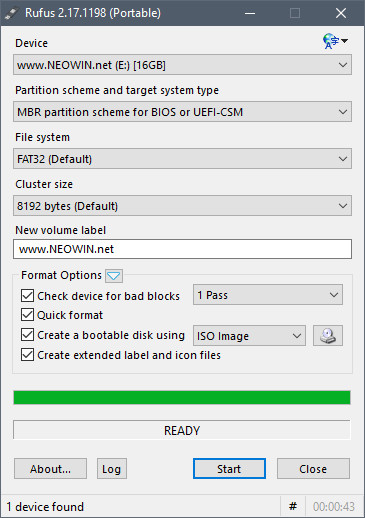


dmg file with the macOS installation files. Right-click the USB flash drive and select the Restore with Disk Image option from the left navigation pane.Ĭlick the Yes button to confirm the erase of the USB flash drive data. To create a bootable USB drive with macOS, use these steps:ĭownload and install TransMac on Windows 10. One high-quality USB flash drive with 16GB of storage.Ĭreate macOS bootable USB installation media.Broken Mac computer running macOS (version 10, 11, 12, or higher).Create GPT partition on a USB flash driveīefore proceeding, you’ll need the following:.Create macOS bootable USB installation media.In this guide, you will learn the steps to create a macOS Monterey bootable USB installation on Windows 10, which you can use to reinstall or upgrade the Apple OS. You can use a Windows 10 (or 11), Windows 8.1, or Windows 7 device to quickly create a USB bootable installation media to reinstall macOS Monterey, Big Sur, or Catalina on your Mac. However, if none of your devices (MacBook, MacBook Air, MacBook Pro, iMac, Mac Pro, or Mac Mini) are not working when you need them the most, you can use a Windows computer to rescue your Apple device.

This is one of the main reasons you should consider making a macOS bootable USB when your device works properly. If the unexpected happens with an Apple computer, you can use a macOS bootable USB with the installation media to repair it. It’s just a matter of time until your computer will refuse to start, which could happen for many reasons, including (and not limited to) file corruption, hardware failure, and buggy update. Finally, run the following command to copy all the files from the mounted ISO to your USB drive.It does not matter whether you use macOS, Windows 10, or Windows 11.Hdiutil mount ~/Downloads/your_windows_10_image.iso In my case, it is mounted as a volume named “ ESD-ISO“. Now, mount your Windows 10 ISO image with the command below, assuming it’s saved the Downloads folder.Next, run the following command to format your USB drive and name it “ WIN10“, where # is a placeholder for the disk identifier of your USB drive.ĭiskutil eraseDisk MS-DOS 'WIN10' GPT disk#.In my example, my USB drive is mounted as “ disk2” and it’s about 32GB. You have to figure out the disk identifier of the USB drive you need to format. After connecting a USB drive to your Mac, open a Terminal window and type diskutil list to display all the disks attached to your machine.Of course, if you prefer not to use third-party software, you can still use the excellent Terminal app, which is a little bit more involved, but no additional software needs to be installed.


 0 kommentar(er)
0 kommentar(er)
